6 Secretly Poisonous Plants We Eat All the Time
Beware of these plants—or parts of these plants—which you probably eat and enjoy often!
6 Secretly Poisonous Plants We Eat All the Time
Beware of these plants—or parts of these plants—which you probably eat and enjoy often!
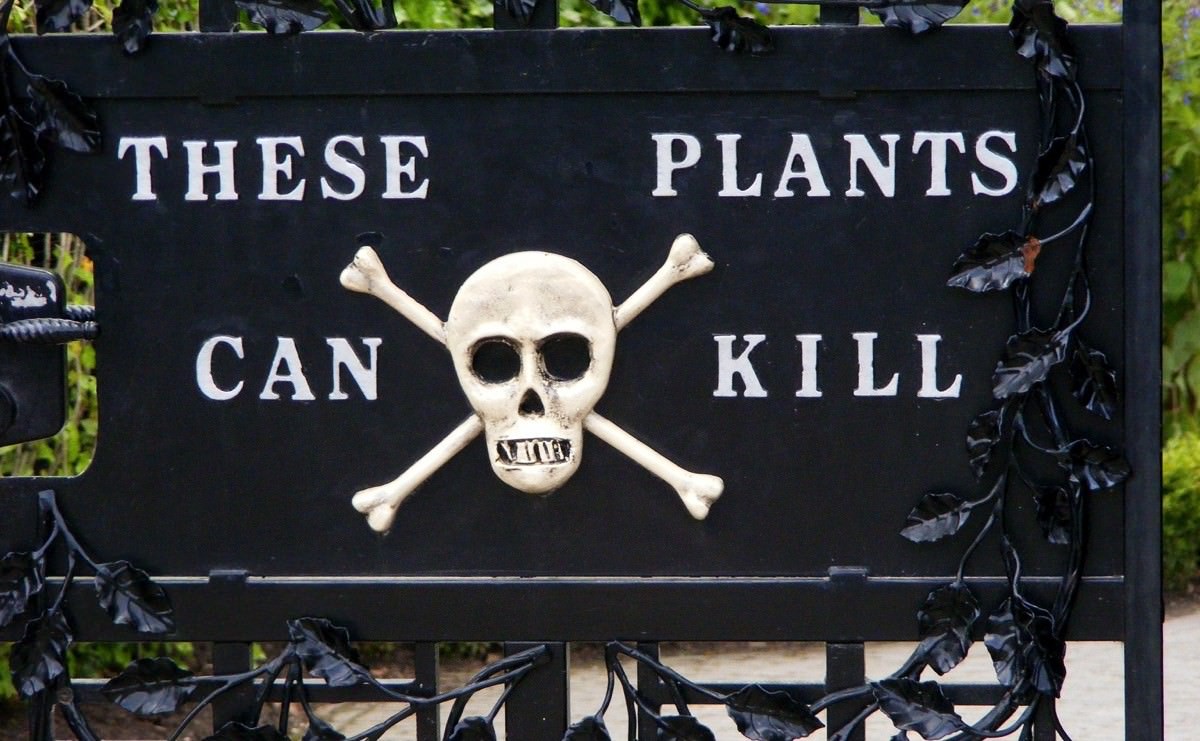
Photography by Jo Jakeman, Flickr
When Europeans first encountered the tomato on their earliest visits to the New World, it was feared. A bright red—suspiciously bright red—fruit in the same family as the Deadly Nightshade, a legendary poisonous plant? No, thank you!
The tomato, of course, is not poisonous, but the Europeans were right to be wary of it. There are plenty of fruits, vegetables, tubers, and other plants that we heartily consume that are, secretly, dangerous to our health if prepared or eaten improperly. Here are some you may not have known about.
1. Tomato
I know, I just said the tomato isn’t poisonous. The fruit isn’t, but the leaves, roots, and stem (and, in limited doses, even some unripe fruit) are rich in tomatine, an alkaloid that’s mildly toxic to humans. It won’t kill you, unless you chow down pounds and pounds of it, but it is likely to cause you some gastrointestinal distress.
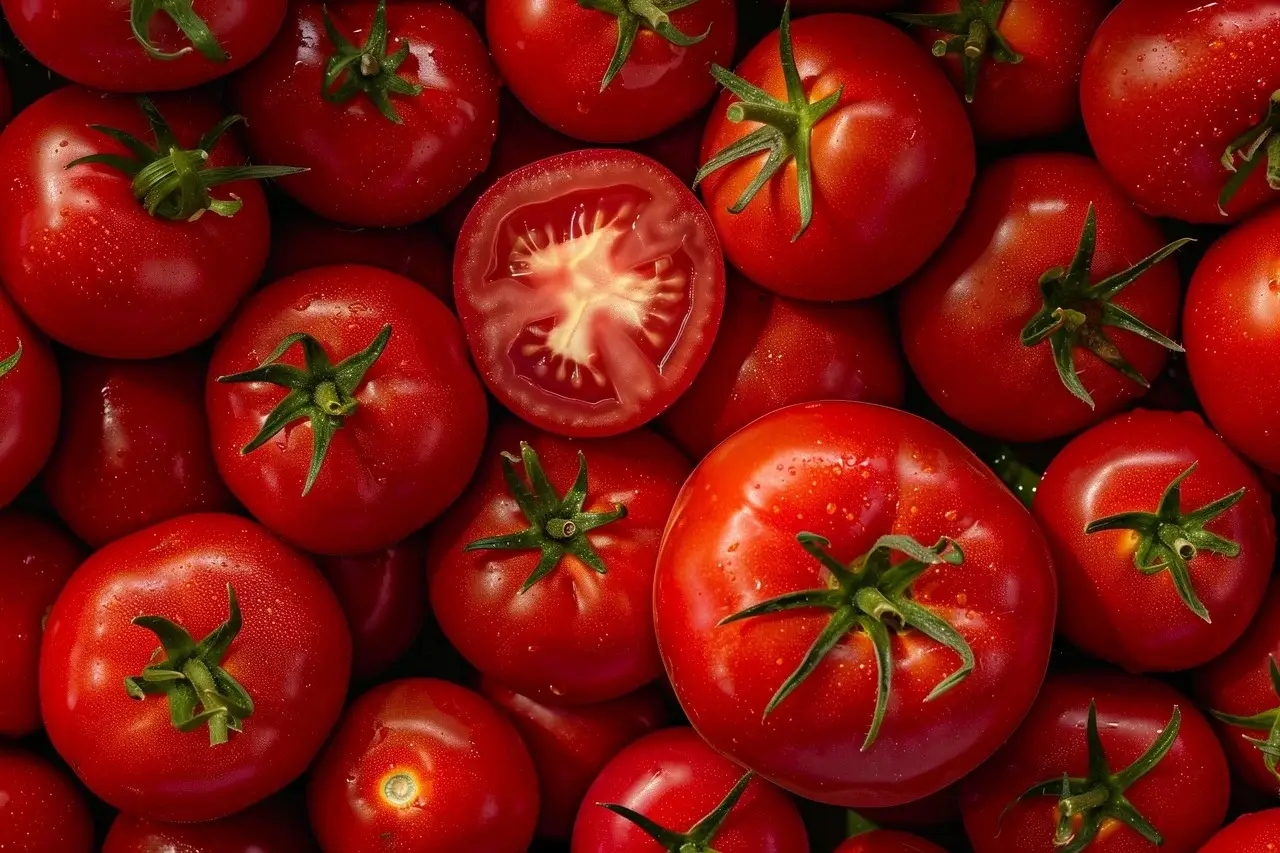
2. Apples, Cherries, and Apricots
The seeds of all of these fruits are not considered edible; they’re hard, bitter, and unpleasant. That bitter flavor is a protective element: The plant puts it there to discourage animals like us from destroying them. And it comes from a substance called amygdalin, which turns into cyanide when it comes into contact with acids in the human digestive system. Cherries, apricots, peaches, and nectarines have the substance in much higher concentrations than apples, but all of the seeds and pits in these fruits are fantastically tough. Even if you swallowed some? No big deal. Your body will simply pass them out. That said, please do not pulverize and then consume cherry pits.
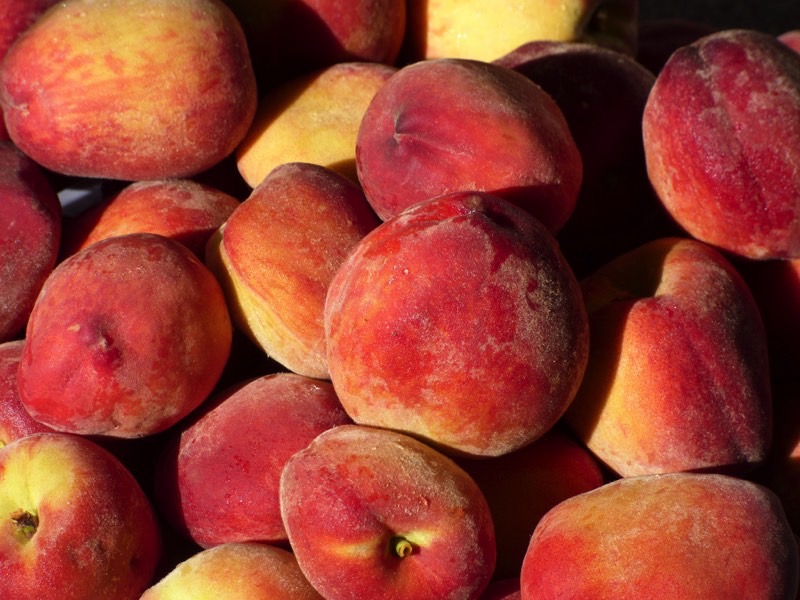
read more
They Look Like Apples, Taste Delicious, and Will Kill You
3. Kidney beans
Many legumes can cause mild gastrointestinal distress when undercooked, but red kidney beans (the kind almost always used in chili) are special. Kidney beans contain phytohaemagglutinin, a chemical compound that I will always have to copy and paste because, are you kidding me with that word? Ingestion of even just a few undercooked kidney beans can cause serious diarrhea and vomiting. It’s not fatal and rarely results in hospitalization, but it’s fairly common for people to end up sick after chomping down on some merely soaked beans.
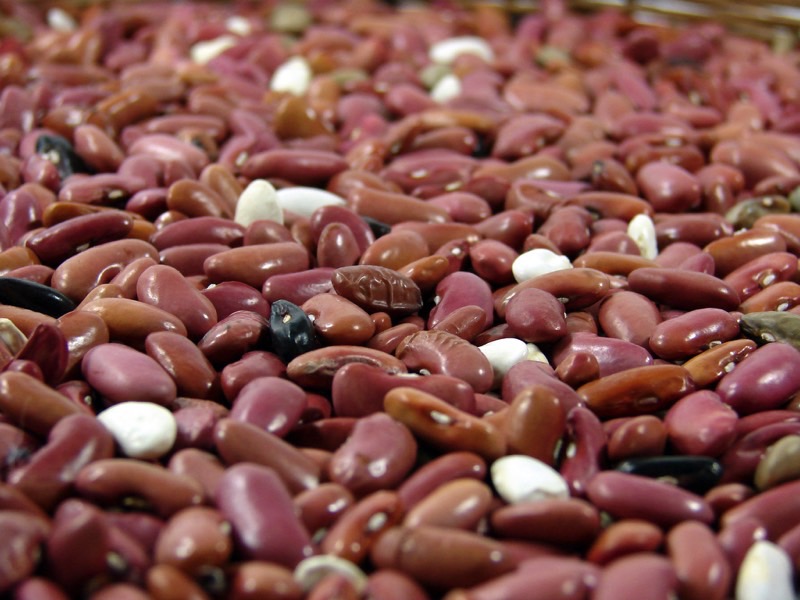
4. Rhubarb
Rhubarb, a springtime stalk most commonly used in the creation of America’s best pie, the strawberry-rhubarb, is a very strange plant indeed. Most often used in sweet applications, it’s a sour vegetable that looks like crimson celery. And its leaves are spectacularly poisonous. Rhubarb leaves are very high in oxalic acid, which quickly causes kidney failure in humans. About 25 grams of pure oxalic acid is the average amount needed to kill a human. That said, rhubarb leaves aren’t pure oxalic acid, and it would take around 11 pounds of the leaves to secure that much. But still! I’d stay away.
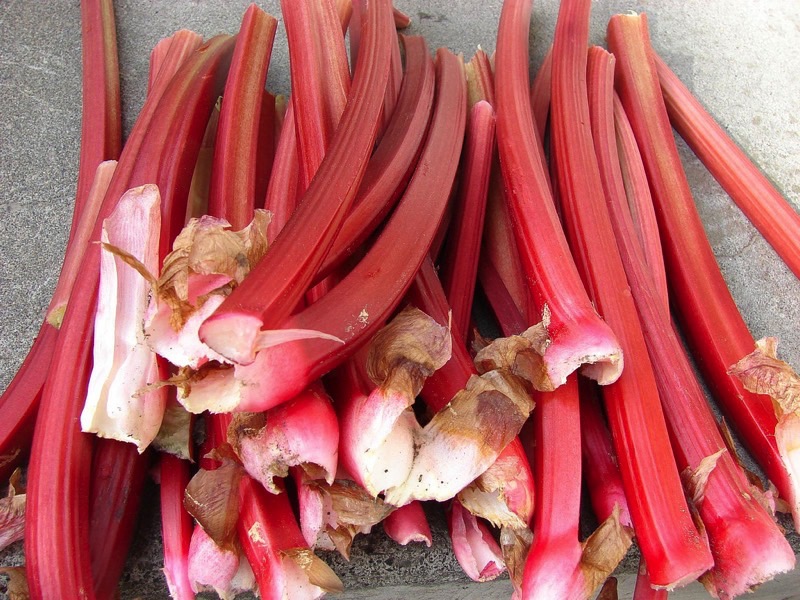
read more
7 Myths About Washing Your Produce
5. Asparagus
Like the rhubarb, the part of the asparagus plant that we love—the young stems—are perfectly safe to eat. But the asparagus hides a deceptive, nasty secret: Its fruit, which are bright red berries, are toxic to humans. Just a handful can cause vomiting and diarrhea.
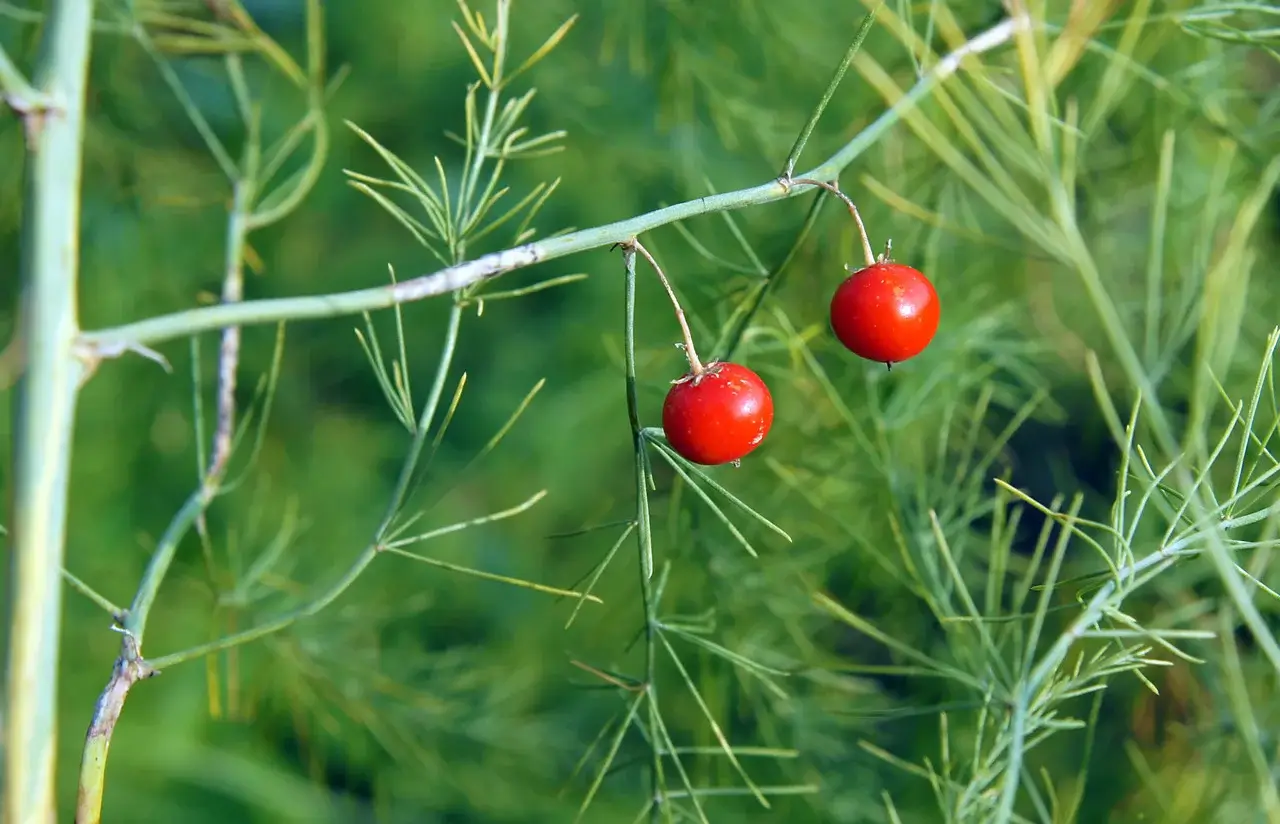
6. Cashews
Cashews are another delicious product that should never, ever be eaten raw. (When you buy them, they’ve usually been roasted.) Native to the Amazon, the cashew is not really a nut, but rather a seed that protrudes oddly from the bottom of a fruit (also edible, though rarely seen outside the tropics) called the cashew fruit. You may have noticed that cashews are never found in their shell as almonds or peanuts are, and that’s because when raw, they’re covered with anacardic acid, closely related to the acid that makes poison ivy so irritating. It’s much worse when you eat it.
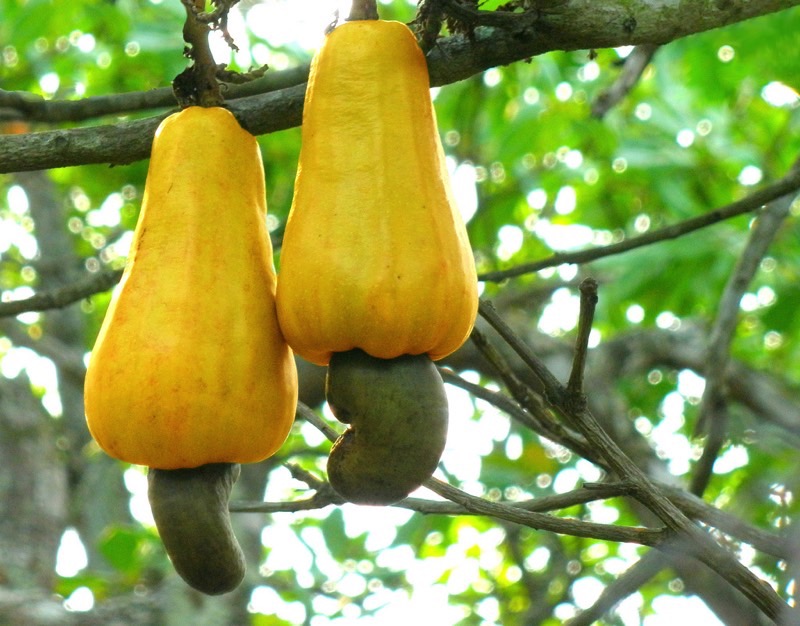
Follow us
This work is licensed under a Creative Commons Attribution-NoDerivatives 4.0 International License.
Want to republish a Modern Farmer story?
We are happy for Modern Farmer stories to be shared, and encourage you to republish our articles for your audience. When doing so, we ask that you follow these guidelines:
Please credit us and our writers
For the author byline, please use “Author Name, Modern Farmer.” At the top of our stories, if on the web, please include this text and link: “This story was originally published by Modern Farmer.”
Please make sure to include a link back to either our home page or the article URL.
At the bottom of the story, please include the following text:
“Modern Farmer is a nonprofit initiative dedicated to raising awareness and catalyzing action at the intersection of food, agriculture, and society. Read more at <link>Modern Farmer</link>.”
Use our widget
We’d like to be able to track our stories, so we ask that if you republish our content, you do so using our widget (located on the left hand side of the article). The HTML code has a built-in tracker that tells us the data and domain where the story was published, as well as view counts.
Check the image requirements
It’s your responsibility to confirm you're licensed to republish images in our articles. Some images, such as those from commercial providers, don't allow their images to be republished without permission or payment. Copyright terms are generally listed in the image caption and attribution. You are welcome to omit our images or substitute with your own. Charts and interactive graphics follow the same rules.
Don’t change too much. Or, ask us first.
Articles must be republished in their entirety. It’s okay to change references to time (“today” to “yesterday”) or location (“Iowa City, IA” to “here”). But please keep everything else the same.
If you feel strongly that a more material edit needs to be made, get in touch with us at [email protected]. We’re happy to discuss it with the original author, but we must have prior approval for changes before publication.
Special cases
Extracts. You may run the first few lines or paragraphs of the article and then say: “Read the full article at Modern Farmer” with a link back to the original article.
Quotes. You may quote authors provided you include a link back to the article URL.
Translations. These require writer approval. To inquire about translation of a Modern Farmer article, contact us at [email protected]
Signed consent / copyright release forms. These are not required, provided you are following these guidelines.
Print. Articles can be republished in print under these same rules, with the exception that you do not need to include the links.
Tag us
When sharing the story on social media, please tag us using the following: - Twitter (@ModFarm) - Facebook (@ModernFarmerMedia) - Instagram (@modfarm)
Use our content respectfully
Modern Farmer is a nonprofit and as such we share our content for free and in good faith in order to reach new audiences. Respectfully,
No selling ads against our stories. It’s okay to put our stories on pages with ads.
Don’t republish our material wholesale, or automatically; you need to select stories to be republished individually.
You have no rights to sell, license, syndicate, or otherwise represent yourself as the authorized owner of our material to any third parties. This means that you cannot actively publish or submit our work for syndication to third party platforms or apps like Apple News or Google News. We understand that publishers cannot fully control when certain third parties automatically summarize or crawl content from publishers’ own sites.
Keep in touch
We want to hear from you if you love Modern Farmer content, have a collaboration idea, or anything else to share. As a nonprofit outlet, we work in service of our community and are always open to comments, feedback, and ideas. Contact us at [email protected].by Dan Nosowitz, Modern Farmer
August 27, 2015
Modern Farmer Weekly
Solutions Hub
Innovations, ideas and inspiration. Actionable solutions for a resilient food system.
ExploreExplore other topics
Share With Us
We want to hear from Modern Farmer readers who have thoughtful commentary, actionable solutions, or helpful ideas to share.
SubmitNecessary cookies are absolutely essential for the website to function properly. This category only includes cookies that ensures basic functionalities and security features of the website. These cookies do not store any personal information.
Any cookies that may not be particularly necessary for the website to function and are used specifically to collect user personal data via analytics, ads, other embedded contents are termed as non-necessary cookies.
phytohaemagglutinin — take it apart and put it back together… makes it a lot easier:
phyto = plant
hemo/haemo = blood
agglutin = glued together
in = a chemical substance
phyto + hemo + agglutin + in = a chemical substance from plants which makes blood cells clump together — not something you’d want to have happening within your circulatory system
It is a little misleading to say “Cashews … should never, ever be eaten raw.” Store-bought raw cashews, which have their shells removed and are common to every health food store and most grocery stores are perfectly safe to eat. One just should not attempt to eat them raw directly from the tree, as the de-shelling process to make the seed safe is the dangerous and labor-intensive part.
Great, now I have to delete this article before my wife see’s it. 🙁
Tomatoes are dangerous in that they along with peppers, aubergine/eggplant and potatoes are all part of the NIGHTSHADE family and eating them may give your athritis pain sin your legs, hips and back!
If you are getting these painsa nd locked joints try cutting out all these fruits and potato for a week to see if your symptoms magically clear up!
And yet, and yet, deer invading my garden will chow down on rhubarb, tomato and potato leaves with no ill effects. Sigh.
Re: amygdalin and stone fruits here, it’s important to know that while you shouldn’t eat crushed up cherry stones raw, they’ve actually been an important food source for thousands of years in Siberia and in the Midwestern United States by indigenous people, and the flavor is incredible–a type of strong almond and dried fruit combo. I’ve been communicating with a Native American ethnobotanist who’s done tests in a lab to determine the content of amygdalin, which is typically concentrated in fruits in the Prunus genus. The fruit, chokecherries (Prunus virginiana) for example, are sun-dried, pounded, cooked and consumed, shells and… Read more »
I love Brazil Nuts and several years ago munched on them an entire weekend. Really, I waaay over-indulged! By Sunday night I was very ill. Nauseated but not vomiting, sweating, aching all over. I crawled to my computer and entered the name of my primary food for two days. Brazil Nut Poisoning popped up. It took two more days to recover. I’ve gone light on eating Brazil Nuts since then.
BTW, the were professionally shelled and sold in a health food store.
Thanks for your article.
It was just as educational as it was entertaining!
Very informative. Thank you!
Thanks for the information